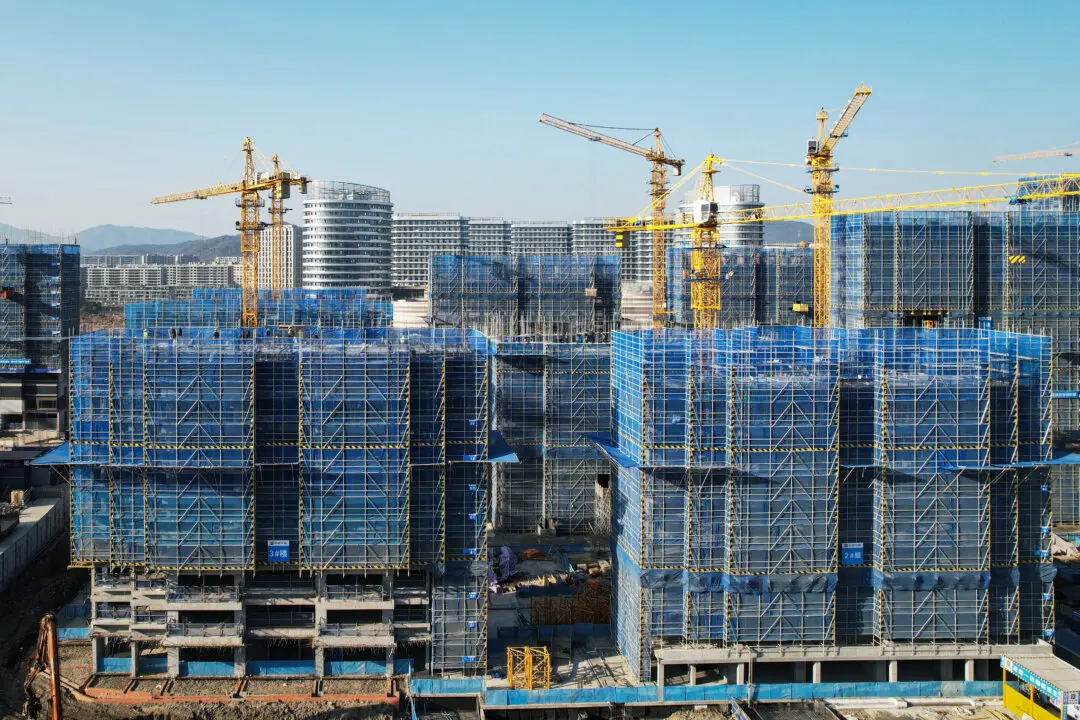As China posted its slowest economic growth in nearly three decades, office buildings in big cities struggled with record-high vacancy rates in 2019.
The office vacancies in the four first-tier cities—Beijing, Shanghai, Shenzhen, and Guangzhou—have all reached the highest in nearly 10 years, each with vacancy rates around 10 percent. The situation in second-tier cities is even worse, with vacancy rates around 28 percent, real estate services company Cushman & Wakefield stated.





